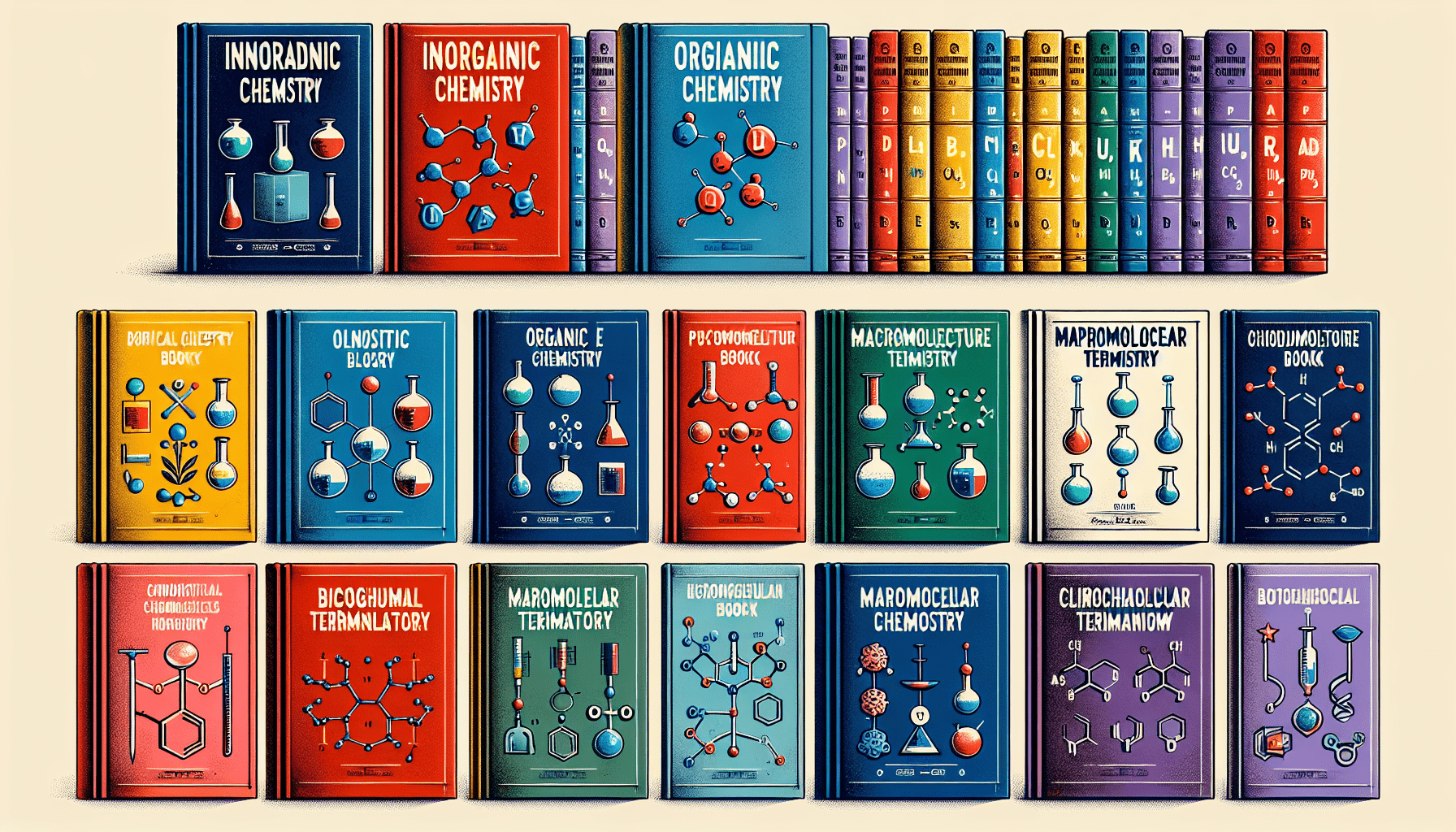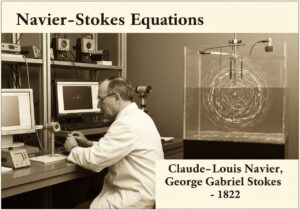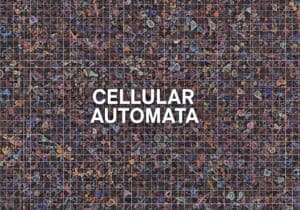For naming conventions and safety reasons, chemistry is one of the earliest standardized domain. Besides the ISO standards, mainly its ISO 8000 series, the main international standards and norms in chemistry are:
- IUPAC Nomenclature (Color Books): The International Union of Pure and Applied Chemistry (IUPAC) publishes a series of “Color Books” that provide standardized nomenclature and terminology in various chemistry subfields. These include:
- Red Book: Nomenclature of Inorganic Chemistry.
- Blue Book: Nomenclature of Organic Chemistry.
- Orange Book: Compendium of Analytical Nomenclature.
- Green Book: Quantities, Units, and Symbols in Physical Chemistry. It provides standardized definitions and symbols for quantities and units used in physical chemistry, promoting consistency in scientific communication.
- Purple Book: Compendium of Macromolecular Terminology and Nomenclature.
- Gold Book: Compendium of Chemical Terminology.
- White Book: Biochemical Nomenclature and Related Documents.
- Silver Book: Compendium of Terminology and Nomenclature of Properties in Clinical Laboratory Sciences.
- Globally Harmonized System of Classification and Labeling of Chemicals (GHS): Established by the United Nations, GHS provides a standardized approach to classifying chemicals and communicating hazard information through labels and safety data sheets, aiming to enhance global chemical safety.
- Good Laboratory Practice (GLP) Regulations: GLP standards, established by the OECD, provide a framework for managing and conducting laboratory studies, ensuring the quality, reliability, and integrity of chemical testing.
- REACH Regulation (Registration, Evaluation, Authorization, and Restriction of Chemicals): Implemented by the European Union, REACH addresses the production and use of chemical substances, aiming to protect human health and the environment.
Find below an extensive list of applicable standards for most chemical research, industries, and regulatory practices globally:
(click on any intermediate node to extend the tree. Mouse-over on the standard's name to have its full title. Click on it to visit one of the suppliers)
Note: this tree is partially automatically generated and is intended for a first global approach. Do double-check the requirements and completeness (exemple of mistake: listing the rare earth metals standard for an MRI is not appropriate. An MRI has no real magnet.)
Refer to the standards official organisations listed in our tool directory.



























Interesting read! But dont you think a more hands-on approach in teaching might enhance the understanding of this complex subject?
Interesting read on Chemistry Standards. But dont you think practical application should be emphasized more than theoretical knowledge?
Theoretical knowledge lays the foundation for practical application. Cant bypass basics, can we?
Related Posts
Latest Publications & Patents on Metal-Organic Frameworks (MOFs)
Latest Publications & Patents on Covalent Organic Frameworks (COFs)
Latest Publications & Patents on Aerogels and Aerographene
Latest Publications & Patents on High‑Entropy Oxides (HEOs)
Latest Publications & Patents on MXenes
Latest Publications & Patents on Quantum Dots